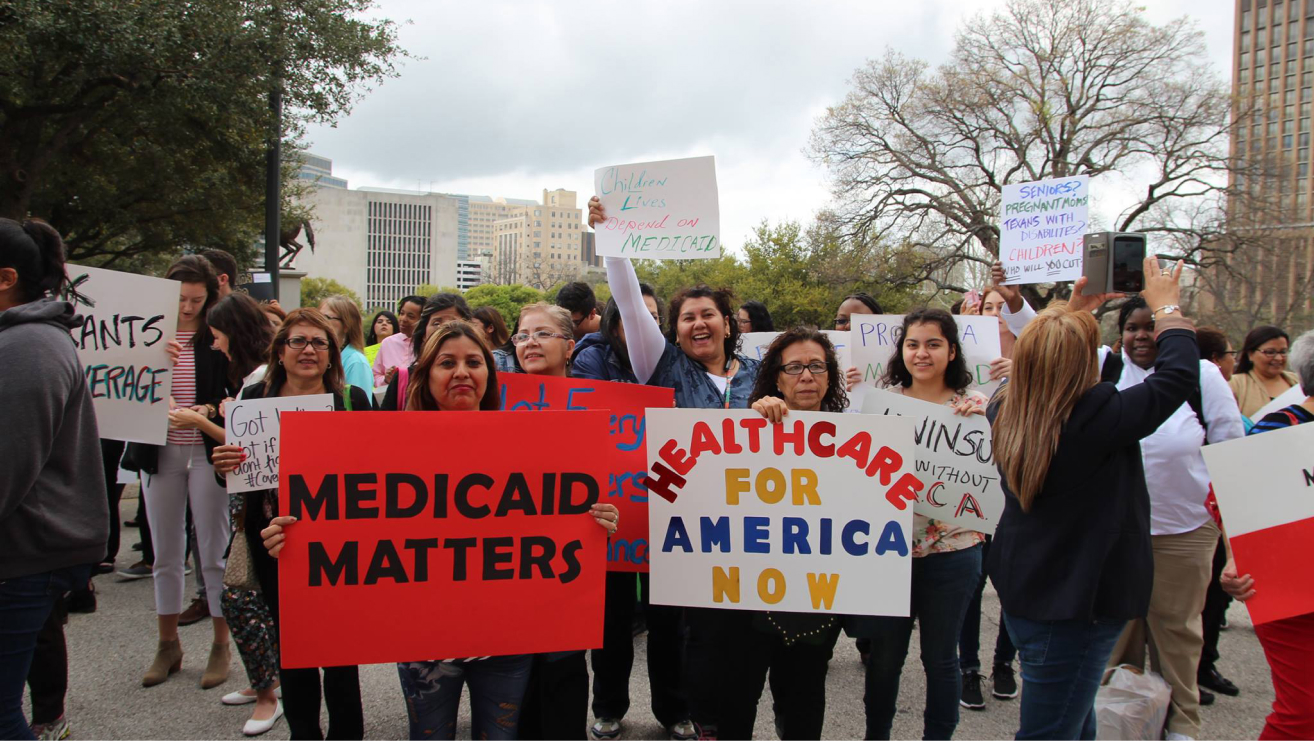Racial Concordance, Part 1: It Matters for Infants & Needs to be a Priority
Amid the all the COVID-19-related news on inequity, one new study published in the Proceedings of the National Academy of Sciences (NAS) this past week stands out and highlights how structural racism plays out, taking the lives of our smallest and most vulnerable patients – infants. The study suggests the race of the attending physician influences infant mortality and documents how racial concordance – or the matching the race of a patient and physician – can have lifesaving implications.
The study draws on pre-pandemic medical records in Florida from 1992-2015. Researchers reviewed almost 2 million birth records and the race of the attending physician. What they discovered was something that is fairly well-established but given the patient pool, is striking. Black babies cared for by Black physicians have better outcomes than those cared for by white physicians, on average – and not just a little, but by more than half (57 percent). The mortality of Black infants dramatically shrinks when they are cared for by Black physicians. In other words, Black physicians are outperforming their white peers in keeping Black babies healthy. While the authors note that there are other factors in play, racial concordance is a significant and important factor to consider when supporting efforts to reduce infant death.
As we highlight in our recent issue brief co-authored with the National Medical Association (NMA), Black physicians are underrepresented in the workforce. According to 2019 data on the diversity of the physician workforce, only five percent identify as Black or African American. Put another way, African Americans are one in eight in the U.S. population but only one in 15 doctors. This means that racial concordance is not currently possible and more must be done to reduce gaps in physician performance, increase anti-racism training by integrating it into medical school curriculum, and shift institutional practices and culture. Most importantly, we must fund the programs and institutions that pay providers of color and serve families of color. Studies show that Black physicians disproportionately serve Medicaid patients and work in hospitals or health settings that are under-staffed and under-resourced. A recent analysis in Health Affairs shows double-digit decline in independent physician practice revenue – these practices are more likely to be located in underserved areas where Medicaid populations reside.
Reporting on the higher COVID-19 infection and death rates among Black Americans is growing, shining a light on the gaping holes in our health and safety-net systems that disproportionately harm Black people and other people of color. Just this week, in addition to the NAS study on infant death, we saw reporting on higher rates of hospitalization for COVID-19 for Black, Indigenous and other people of color and the release of the State of Black America Unmasked and an Equity Index from the National Urban League that paints a troubling picture of how COVID-19 has exacerbated pre-pandemic inequities from health to economic opportunity. These disparate and inequitable health outcomes are due to long-standing and unfair barriers to health care and racist policies and behavior that continue to shape inequity for Black people across this country.
As we enter yet another week of failed action by Congress to support those who are suffering most across the country, studies like these remind us what is at stake and why our advocacy is paramount. The evidence is there: We need not just a COVID-19 relief package, but true systems change that protects the youngest among us, ensuring an equitable and healthy future.
